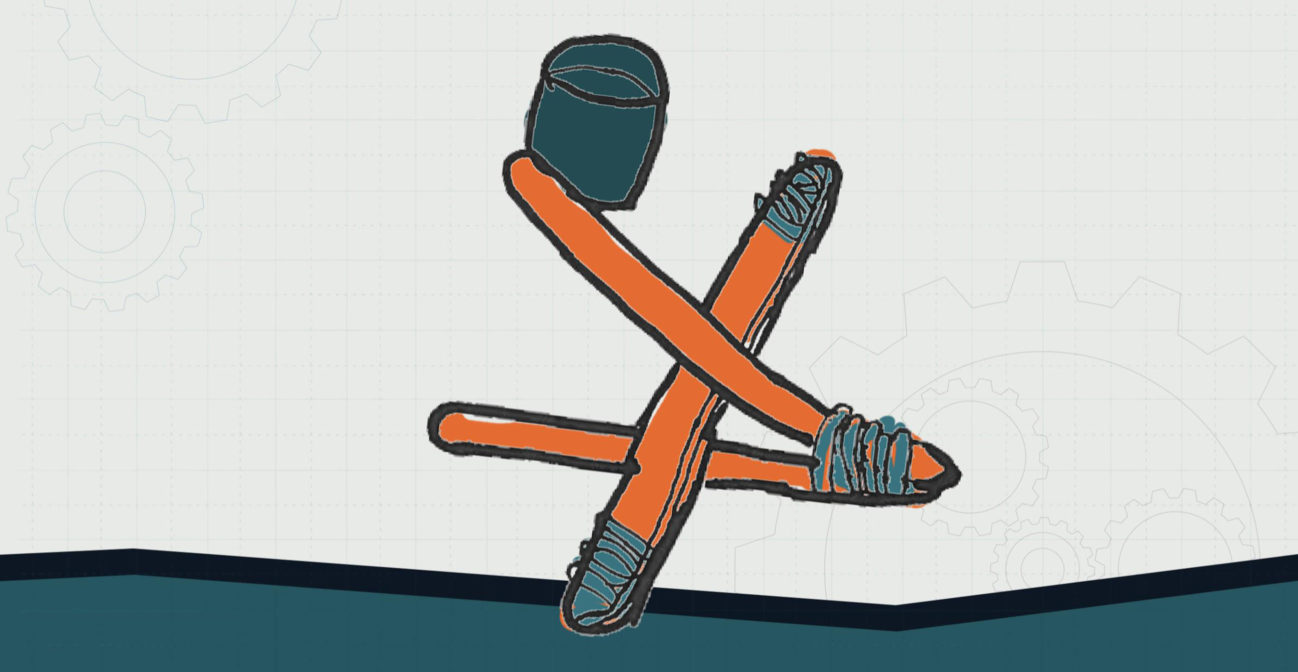Join us for conversations that inspire, recognize, and encourage innovation and best practices in the education profession.
Available on Apple Podcasts, Spotify, Google Podcasts, and more.

ELEMENTARY SCHOOL – LEVEL 1
The castle is under siege! Experimenting with up-cycled materials, students will be launching cotton balls at their enemies in no time. Catapults use a lever with tension. A fulcrum is the leverage point for the launching beam of the catapult. By changing the position of the fulcrum, students can alter the length of the lever and distance/trajectory of the projectile.
MATERIALS NEEDED:
❏ Craft sticks
❏ Rubber bands
❏ Construction paper
❏ Cotton balls
DIRECTIONS:
OBJECTIVE: Students will be able to design a catapult through an iterative process to compete in a carnival challenge to defeat the Dragon.
*Teacher or students can create game setup (Think of a cornhole/bean bag toss game or duck shooter game).
ESSENTIAL QUESTION(S):
TAKE IT TO THE NEXT LEVEL:
NGSS CONNECTION:
2-PS1-2. Analyze data obtained from testing different materials to determine which materials have the properties that are best suited for an intended purpose.*
2-PS1-3. Make observations to construct an evidence-based account of how an object made of a small set of pieces can be disassembled and made into a new object.
COMMON CORE CONNECTION:
W.2.7 Participate in shared research and writing projects (e.g., read a number of books on a single topic to produce a report; record science observations).
W.2.8 Recall information from experiences or gather information from provided sources to answer a question.
MP.2 Reason abstractly and quantitatively.
MP.4 Model with mathematics.
MP.5 Use appropriate tools strategically.
2.MD.A.1 Measure the length of an object by selecting and using appropriate tools such as rulers, yardsticks, meter sticks, and measuring tapes.
2.MD.A.3 Estimate lengths using units of inches, feet, centimeters, and meters.
2.MD.A.4 Measure to determine how much longer one object is than another, expressing the length difference in terms of a standard length unit.
DOK:
Level 3 – Strategic Thinking
Level 4 – Extended Thinking